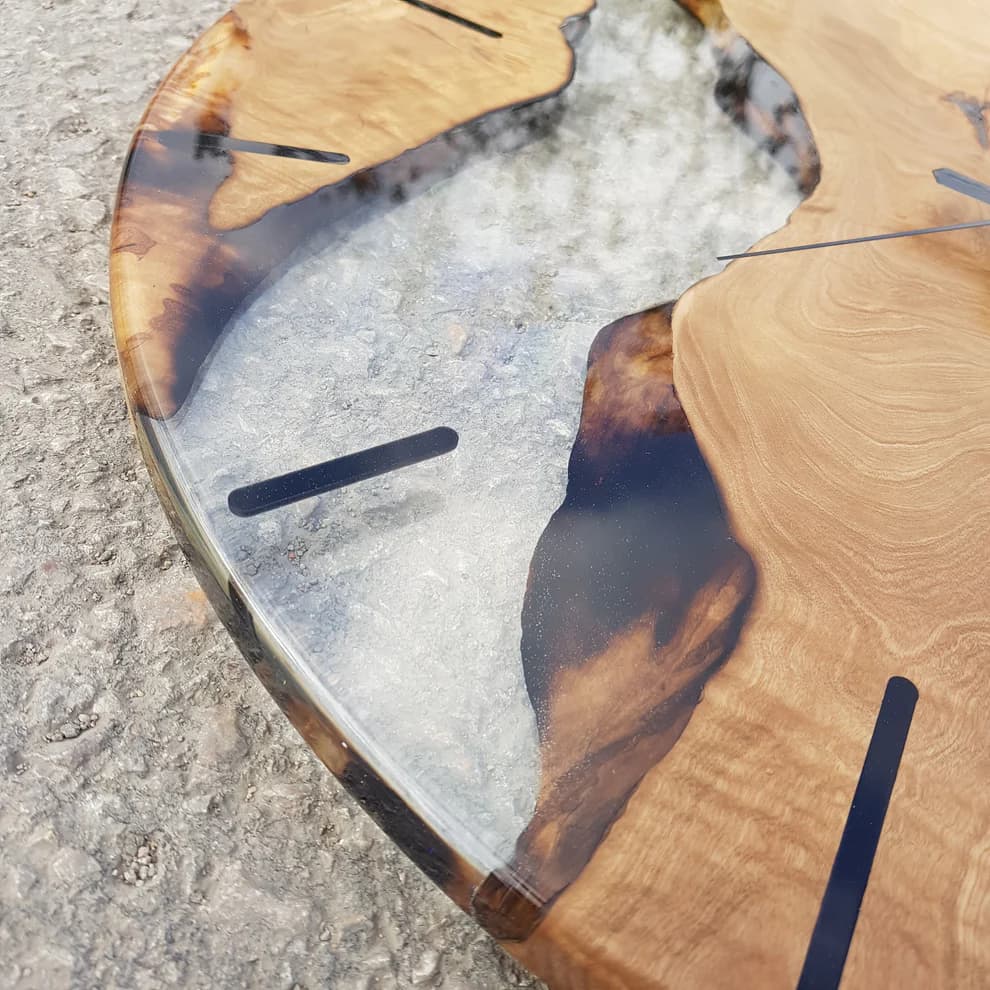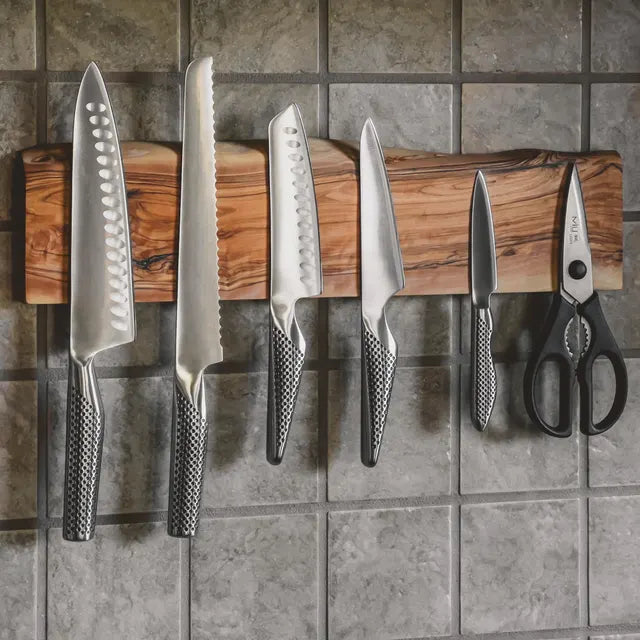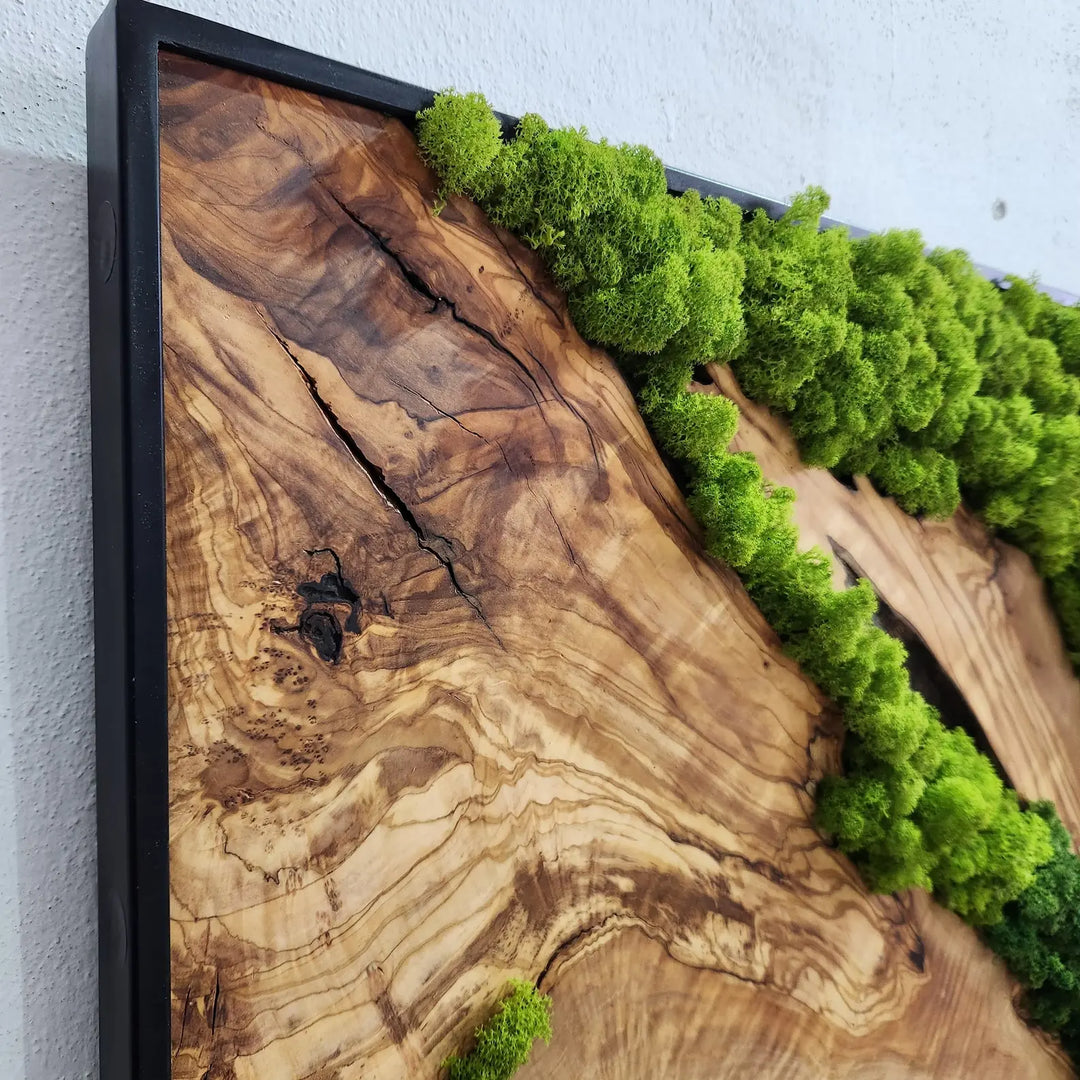How to Cure Clear Resin: A Comprehensive Guide

Clear resin is a versatile material used in various applications, from jewelry making to model building, and even in industrial settings. One of the most crucial steps in working with clear resin is the curing process. Proper curing ensures that your resin projects are durable, crystal clear, and free from imperfections. In this blog post, we'll delve into the essentials of curing clear resin, providing you with practical tips and insights to achieve the best results. Whether you're a hobbyist or a professional, understanding how to cure clear resin correctly can significantly enhance the quality of your projects.
Understanding Clear Resin
Clear resin, also known as epoxy resin, is a two-part system consisting of a resin and a hardener. When mixed together, these components undergo a chemical reaction that transforms the liquid mixture into a solid state. This transformation is known as curing. The curing process can be influenced by various factors, including temperature, humidity, and the specific type of resin used.
Preparing for the Curing Process
Before you begin the curing process, it's essential to prepare adequately. Here are some key steps to follow:
-
Choose the Right Resin: Not all resins are created equal. Some are designed for specific applications, such as casting, coating, or laminating. Ensure you select a clear resin that matches your project's requirements.
-
Work in a Controlled Environment: Temperature and humidity can significantly affect the curing process. Aim to work in an environment with a stable temperature between 70°F and 85°F (21°C to 29°C) and low humidity levels. Avoid working in areas with direct sunlight or drafts, as these can cause uneven curing.
-
Gather Your Tools and Materials: Have all your tools and materials ready before you start mixing the resin. This includes measuring cups, mixing sticks, gloves, and your molds or surfaces.
Mixing the Resin and Hardener
The key to successful curing lies in the precise mixing of the resin and hardener. Follow these steps to ensure a proper mix:
-
Measure Accurately: Use graduated measuring cups to measure equal parts of resin and hardener. Accurate measurement is crucial because an incorrect ratio can result in a resin that is either too soft or fails to cure properly.
-
Mix Thoroughly: Pour the resin and hardener into a clean mixing container. Stir the mixture slowly and steadily for at least 3-5 minutes, scraping the sides and bottom of the container to ensure all parts are thoroughly combined. Avoid vigorous stirring to minimize air bubbles.
-
Let It Rest: After mixing, let the resin sit for a few minutes. This allows air bubbles to rise to the surface, making it easier to remove them later.
Pouring and Curing the Resin
Once your resin is mixed, it's time to pour and cure it. Here are the steps to follow:
-
Pour Slowly: Pour the resin mixture into your mold or onto your surface slowly and steadily. This helps to minimize the introduction of air bubbles. If you're working with a large surface, pour in a zigzag pattern to distribute the resin evenly.
-
Remove Air Bubbles: Use a heat gun or a torch to carefully pass over the surface of the resin. The heat will help to pop any air bubbles that have formed. Be cautious not to overheat the resin, as this can cause it to yellow or cure unevenly.
-
Cover and Protect: Dust and debris can ruin the smooth surface of your resin. Cover your project with a clean, dust-free container or a plastic sheet to protect it during the curing process.
Curing Time and Conditions
The curing time for clear resin can vary depending on the brand and type of resin used. Typically, it takes between 24 to 72 hours for resin to cure completely. Here are some tips to ensure optimal curing conditions:
-
Maintain a Stable Temperature: Keep the curing area at a consistent temperature. Fluctuations can lead to uneven curing or a tacky surface.
-
Allow for Adequate Ventilation: While it's essential to protect your resin from dust, ensure the area is well-ventilated. Proper airflow helps in the curing process and reduces the risk of bubbles forming.
-
Be Patient: Rushing the curing process can compromise the quality of your finished product. Resist the temptation to handle or move your project before it's fully cured.
Post-Curing Process
In some cases, a post-curing process is required to achieve maximum hardness and clarity. This involves exposing the cured resin to elevated temperatures. Here's how to do it:
-
Preheat Your Oven: Set your oven to a low temperature, typically around 120°F to 150°F (49°C to 65°C). Higher temperatures can cause the resin to warp or discolor.
-
Place Your Project in the Oven: Once the oven has reached the desired temperature, place your resin project inside. Ensure it's on a flat, heat-resistant surface.
-
Cure for a Few Hours: Let the resin cure in the oven for 2 to 4 hours. This additional curing step can enhance the resin's durability and clarity.
-
Cool Gradually: After the post-curing period, turn off the oven and let the resin cool gradually inside. Sudden temperature changes can cause cracking or warping.
Troubleshooting Common Issues
Even with careful preparation and execution, issues can sometimes arise during the curing process. Here are some common problems and how to address them:
-
Sticky or Tacky Surface: If the resin surface remains sticky after the recommended curing time, it could be due to an incorrect resin-to-hardener ratio or insufficient mixing. In some cases, an additional layer of correctly mixed resin can fix the problem.
-
Cloudy or Hazy Finish: This can result from high humidity during curing or impurities in the resin. Ensure your workspace is dry and clean, and consider using a resin specifically designed for high-clarity applications.
-
Bubbles in the Resin: To minimize bubbles, mix slowly and use a heat gun or torch to remove bubbles after pouring. If bubbles persist, try warming the resin and hardener before mixing, as this can reduce viscosity and help bubbles escape.
Conclusion
Curing clear resin is a delicate process that requires attention to detail and patience. By following the steps outlined in this guide, you can achieve stunning, professional-quality results in your resin projects. Remember to choose the right resin for your needs, mix it accurately, pour and cure it under optimal conditions, and address any issues promptly. With practice and care, you'll master the art of curing clear resin and create beautiful, durable pieces that stand the test of time.







Leave a comment